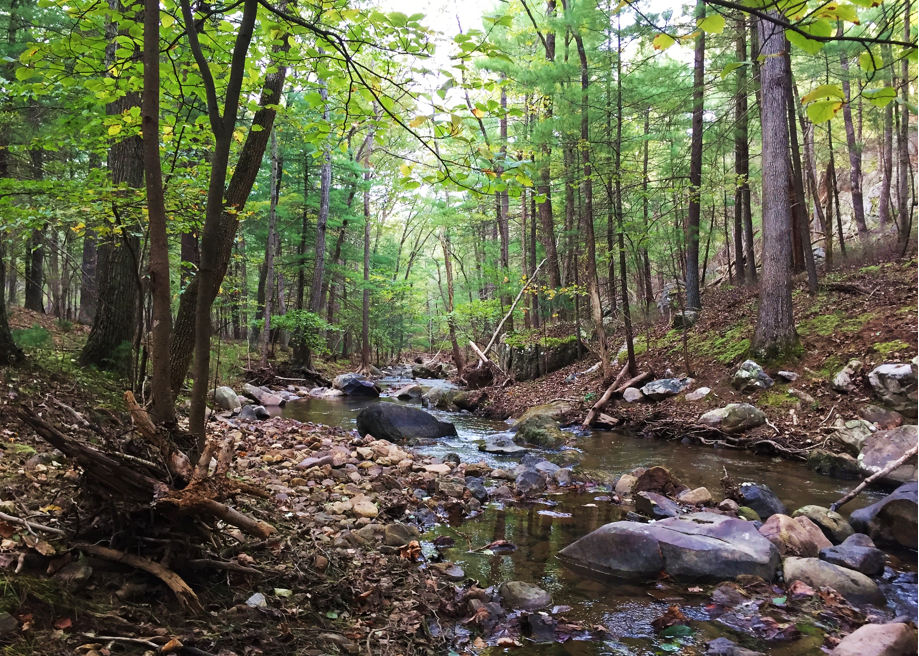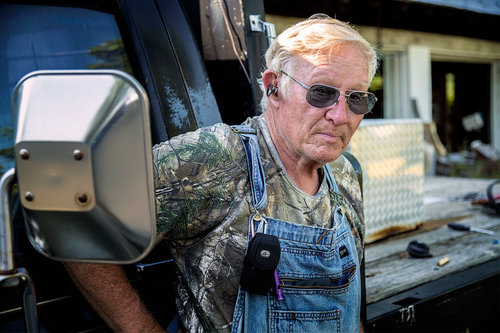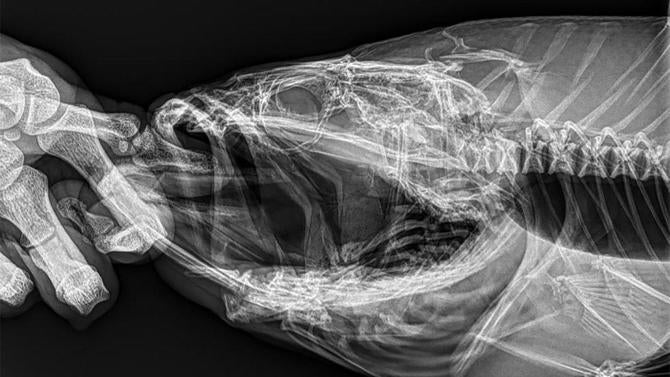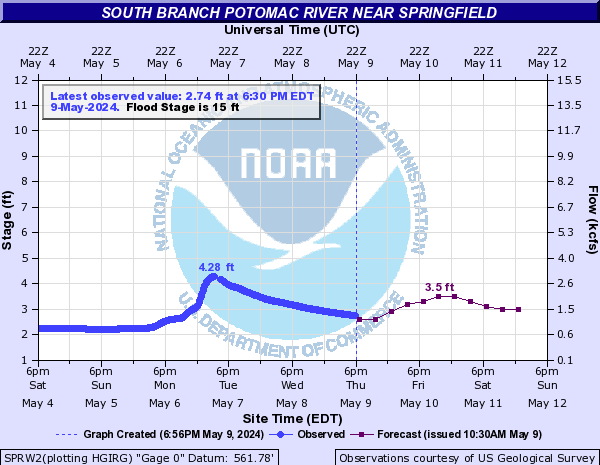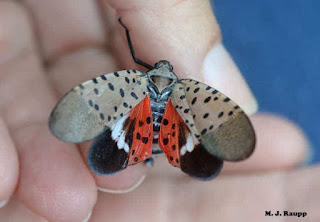FRANKLIN — Standing at
the edge of the stream, Dustin Wichterman watched intently as his trout
fly drifted through a pool that didn’t exist a year ago.
“There!”
His rod bent into a deep arc as a 15-inch trout tugged hard at the
business end of the line. In the span of just a few minutes, Wichterman
hooked two trout and missed three or four others.
“We built this pool just last year,” he said afterward. “Almost immediately, the trout started moving into it.”
Wichterman
is one of the point men for a public-private effort to improve trout
habitat by narrowing and deepening flood-scoured streams and creating
streamside shade. Called “Partners for Fish & Wildlife,” the program
is administered by the U.S. Fish & Wildlife Service with
cooperation from Trout Unlimited, the U.S. Department of Agriculture and
the Natural Resources Conservation Service.
Much of the effort’s
current work is concentrated in West Virginia’s Potomac Highlands, and
particularly on the Potomac River’s headwaters in Pendleton County.
Floods in 1985 and 1996 damaged many of the watershed’s trout streams,
and the government-funded streambed channelization that followed the
flooding stripped away most of the good habitat that remained.
As a
result, native brook-trout populations became isolated into only the
smallest of tributaries, and mostly in the portions of those waters that
flowed through the Monongahela National Forest.
In the mid-1990s,
the Fish and Wildlife Service started trying to repair damaged streams
that flowed through private lands outside the national forest. They
hired contractors to widen the streams’ “riparian zones,” the margins
between the creeks and the surrounding farmlands.
The contractors
erected high-tension fencing to keep cattle out of the streams and
planted water-loving trees and plants along the banks. The idea,
long-term, was to have the vegetation trap silt during high-water
events, gradually narrowing and deepening the streams’ channels.
Wichterman,
Trout Unlimited’s Potomac Program Manager, said workers have installed
more than 30 miles’ worth of fencing, have created more than 300 acres
of riparian-zone habitat, and have created channel-narrowing,
pool-creating, trout-holding structures in more than nine miles’ worth
of streams.
“And we have at least that much more work currently under contract,” he added. “We’re going full-bore right now.”
There’s
enough work to keep a crew of about 30 workers going full-time. The
work crews are Trout Unlimited employees, and they use equipment owned
and maintained by the Fish and Wildlife Service.
“They sign up as
Fish and Wildlife Service volunteers, and that allows them to operate
our equipment,” said John Schmidt, project leader for the agency’s West
Virginia Field Office. “The crew builds the fence and does the in-stream
habitat work using heavy equipment. The machines, fuel and tools are
all owned by the Fish and Wildlife Service.”
Funding for the
program comes from the U.S. Department of Agriculture’s Farm Service
Agency, the Natural Resource Conservation Service and from state
agencies.
“We also get grants from non-profit organizations such
as Trout Unlimited, Ducks Unlimited and the Chesapeake Bay Foundation,”
Schmidt added. “All that money goes into a great big pot that we manage,
and our job as managers is to cover the costs of the labor and
materials.”
Farmers and landowners who participate in the program
must contribute to the effort, either through in-kind work or monetary
contributions.
“We ask them to do site prep for the building of
the fences. If the area needs to be mowed or brush-hogged, or in rare
cases bulldozed, we ask them to do it,” Schmidt said. “Depending on
circumstances, they may have some financial skin in the game, too.” On average, he added, the landowners’ contributions amount to about one-fourth of each project’s cost.
Farmers
like the program because the fencing allows them to divide their
property into units. By shifting their cattle from one unit to the
other, they can avoid overgrazing and ensure that their animals are
eating fresh green growth.
“It helps their operation to become
more profitable, and they like that,” Schmidt explained. “They’re
responsible for only a fraction of the cost, and we handle all the
paperwork.”
Some landowners, he said, have signed up for multiple projects. “They’ll
have us work on one section of stream, then, as they can afford it,
they have us come back for a second, third or fourth time,” he said.
The end result is that more and more of the Potomac’s headwaters are now able to support year-round populations of trout.
“That
wasn’t always the case,” Schmidt said. “In the past, when there were
droughts, the water in some of these creeks got too warm and shallow to
support trout. Trout in the lower parts of the streams were unable to
migrate to the headwaters, and vice versa. The work we’re doing connects
the lower ends with the upper ends, which results in better genetic
diversity [in the trout population].”
Trout Unlimited’s Wichterman said the initiative’s biological benefits are already showing up. “We’re
seeing a decrease in water temperatures and an increase in the number
of trout,” he said. “Not only are we expanding trout populations, we’re
strengthening them genetically as well.”
